We are officially two (!) sleeps away from the start of the season, as the days counting down to kickoff have slowly but surely melted off the calendar. To prepare for Oregon’s season opener versus Bowling Green this Saturday, WFOD takes a closer look at the burning questions surrounding the matchup between the Ducks and Falcons.
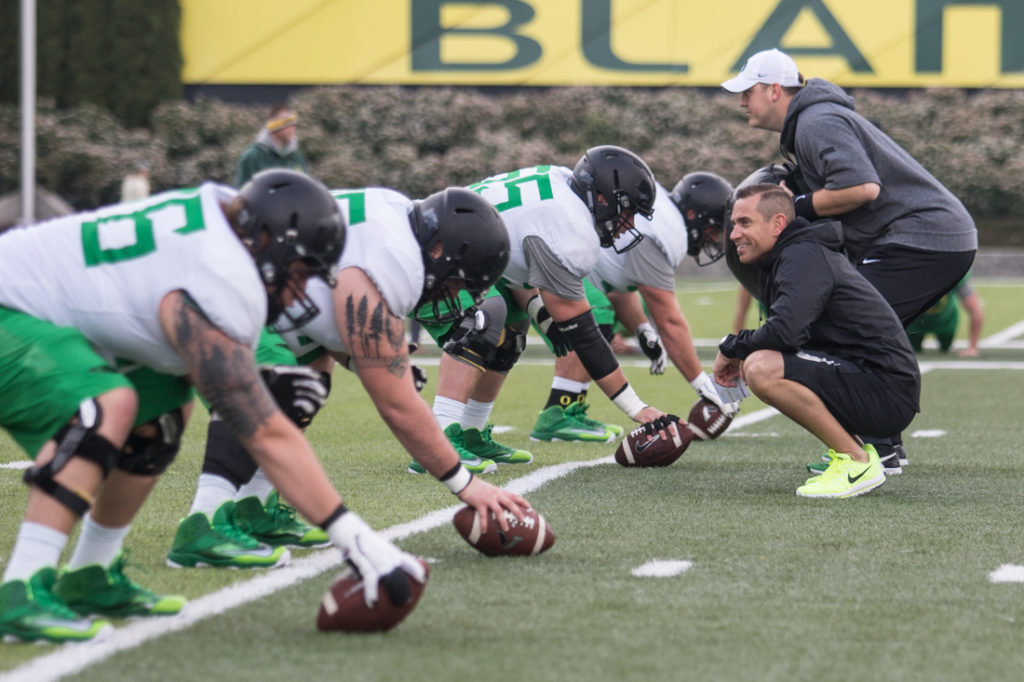
1. What does the Oregon offense look like with Marcus Arroyo calling plays?
Aside from all of the questions regarding position battles, which newcomers will make the earliest impact, or how much depth the Ducks have at certain positions, perhaps the biggest question of the offseason is, “What will the Oregon offense look like under newly minted offensive coordinator Marcus Arroyo?” Before his arrival at Oregon in 2017, Arroyo has held the title of offensive coordinator at five different stops, including an interim period as offensive coordinator for the Tampa Bay Buccaneers in 2014 following Jeff Tedford’s departure from the organization due to health issues. At 38 years of age, Arroyo has a wealth of experience coaching at a variety of different levels. However, as an offensive coordinator and play-caller, his track record has left little to write home about.
- As a full-time staff member at San Jose State (his alma mater) from ’06-’08, Arroyo served as the Spartans’ quarterbacks coach, co-offensive coordinator, and primary play-caller. Over that three-year span, Arroyo’s offenses averaged 21.4 points/game, leading to an average finish of 88th out of 120 FBS teams in scoring offense over that period.
- As the quarterbacks coach and offensive coordinator at Wyoming from ’09-’10, Arroyo’s offenses averaged 18.7 points/game and had an average finish of 108th out of 120 FBS teams in scoring offense over the same period. The Cowboys also finished no higher than sixth in the Mountain West in scoring offense, and no higher than seventh in total offense and yards per play in those two seasons.
- As the passing game coordinator and quarterbacks coach at Cal from ’11-’12, Arroyo enjoyed his most productive two-year stretch. Serving as the Golden Bears’ primary play-caller, Arroyo’s offenses averaged 25.8 points/game over a two-year span, and ranked 73rd out of 120+ plus teams during the period. In Berkeley, the Cal offense under Arroyo’s guidance also ranked no higher than eighth in the Pac-12 in scoring offense and no higher than seventh in total offense and yards per play.
- As the offensive coordinator and outside receivers coach at Southern Miss in 2013, Arroyo’s offense averaged 315.5 yards and 17.1 points per game, which ranked 116th and 119th out of 125 FBS teams, respectively.
- Serving as the interim offensive coordinator for the Tampa Bay Buccaneers in 2014, Arroyo’s offense averaged 17.3 points/game, which ranked 29th out of 32 NFL teams. The Bucs also ranked 29th in total offense that season.
This isn’t to say that nothing good has come of Arroyo’s stints in these positions. At San Jose State, Arroyo coached Spartans quarterback Adam Tafralis, who finished his career as SJSU’s all-time leading passer in terms of career passing yards. Additionally, at Wyoming and Tampa Bay, Arroyo’s offenses were particularly adept at taking care of the football. In 2009, the Cowboys finished seventh in the nation is fewest turnovers allowed, while in 2014 with the Bucs, the Tampa offense ranked second in the league in turnover percentage (which is the percentage of drives that ended in turnovers). It’s also worth noting that, excluding his his one-year turn in the NFL, Arroyo has never been a part of team that’s been stocked with quality talent. In fact, prior to arriving in Eugene, Arroyo had been apart of only three winning teams in eight years as a college coach.
Of course, the counter to that is, despite having the reputation as an ace recruiter, Arroyo typically hasn’t stuck around long enough to see his talent acquisition efforts be fully realized. He’s also shown few examples throughout his career of being impactful as a coordinator/play-caller as it relates to fielding prolific offenses. With enough talent on offense to contend for the Pac-12 North crown in 2018, Arroyo will be held to that standard in Year 1 as Oregon’s primary play-caller. Along with running backs coach Jim Mastro, Arroyo has installed fundamental principles of the Pistol offense over the offseason, which Mastro helped perfect as the running backs coach at Nevada alongside former Wolf Pack head coach Chris Ault. Given the backgrounds of Arroyo, Mastro, and head coach Mario Cristobal, the Oregon offense figures to be an amalgamation of Alabama-esque physicality at the line of scrimmage with Pistol concepts and a downfield passing game closely resembling what’s been seen at Oklahoma State (Arroyo’s last stop prior to Oregon) the past several seasons.
It all sounds great in theory, but the jury is out on whether Arroyo is capable of making it all mesh.
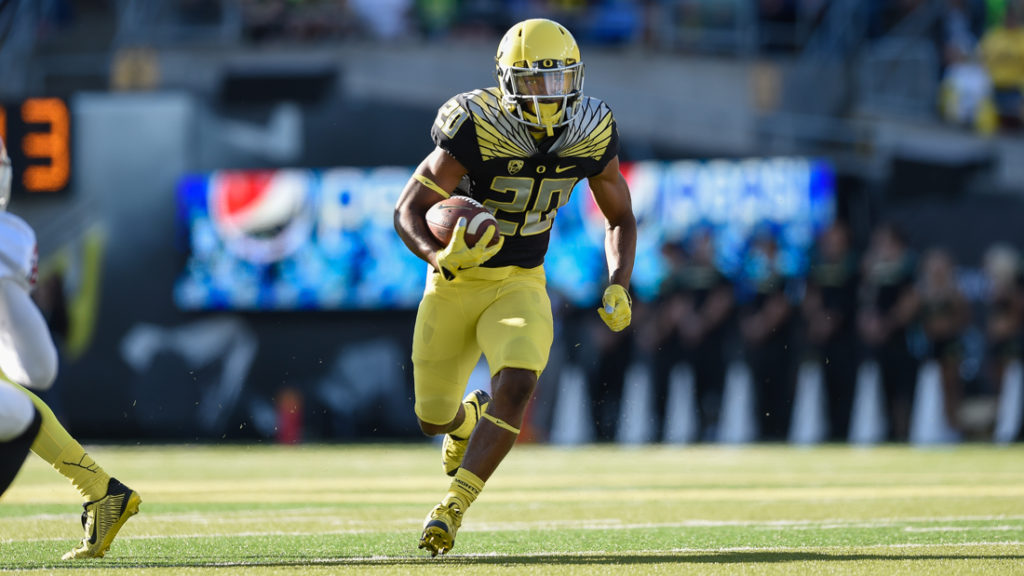
2. Who steps up behind Tony Brooks-James at running back?
The running back position has been a major area of intrigue since Royce Freeman officially played his last game in an Oregon uniform. During fall camp, senior Tony Brooks-James all but sewed up the starting job as the Ducks starting running back to begin the season after the position group was diminished due to nagging injuries. Now healthy, the Bowling Green game should serve as a proving ground for Brooks-James and his challengers at the spot. Redshirt sophomore CJ Verdell has long been considered the biggest threat to cut into Brooks-James’ playing time this season, but with him being sidelined for a considerable chunk of fall camp, the door has been left open for redshirt freshman Cyrus Habibi-Likio, senior Taj Griffin, and true freshman Travis Dye. Sophomore Darrian Felix will also figure heavily into the rotation, though like Verdell, his development has been difficult to gauge as he’s also been limited due to injury. All six will receive an opportunity to shine on Saturday.
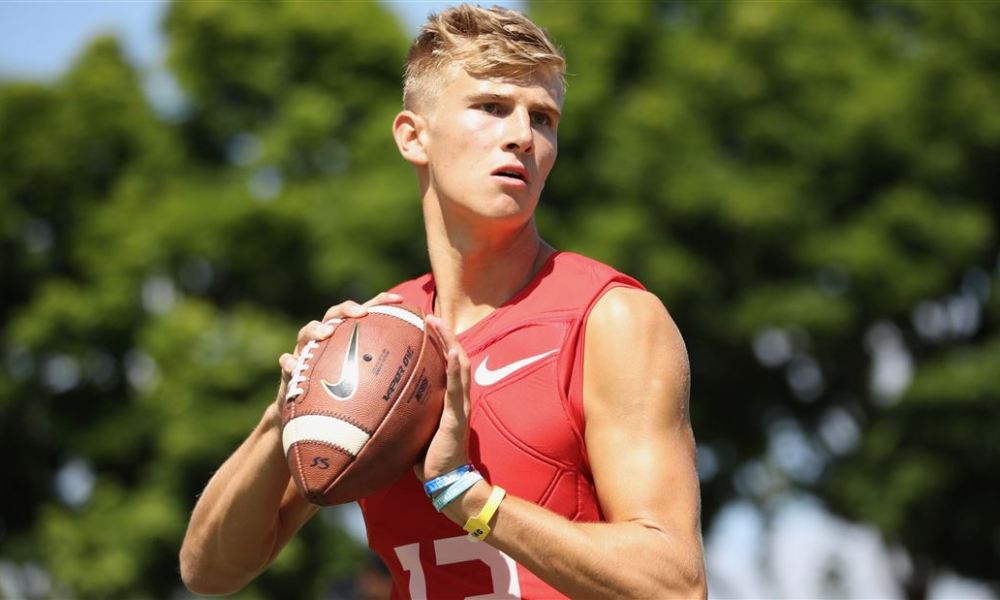
3. How many freshman might play?
With the Ducks slated to play what is perhaps the softest non-conference schedule of any Power 5 team, the opportunity for several young players to receive considerable playing time is at hand. Without too much brain busting, we can assume that freshmen such as offensive lineman Penei Sewell, defensive back Jevon Holland, and linebacker Adrian Jackson will see a heaping of snaps early in Saturday’s game. It’s also fair to expect that quarterback Tyler Shough, running back Travis Dye, and wide receiver Bryan Addison, will see their fair share of reps late in the game alongside defensive backs Verone McKinley, Kahlef Hailassie, and Steve Stephens. Beyond that, however, it remains to be seen whether any other freshmen will play. With the new redshirt rule, players who have not already used their redshirt season will be able to play in four games and still retain a year of eligibility via redshirt. The rule change has been almost universally applauded by head coaches across the country, including Mario Cristobal, though Cristobal has maintained that playing time will be handed out based on merit and won’t change simply because of new legislation. How Cristobal manages those freshman reps will be something to monitor.
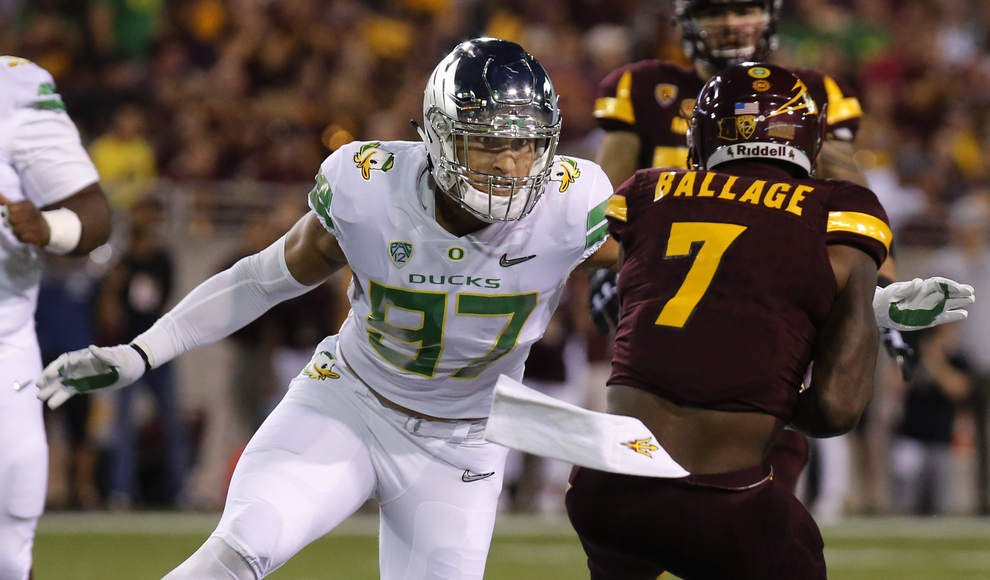
4. How much run will Jalen Jelks get at outside linebacker?
Though it wasn’t necessarily anticipated when the Ducks broke for fall camp at the beginning of August, reports of senior defensive lineman Jalen Jelks cross-training at outside linebacker has generated quite a buzz. In the last few weeks, it has lead many to wonder whether he’ll be predominantly featured at the position this season, or if it’s simply a move by defensive coordinator Jim Leavitt and his staff to experiment with their versatile star defender. Considering how much time he’s spent with the outside linebackers during fall camp, it would seem that at the very least that the Ducks plan to deploy Jelks at the position in packages requiring a heavy pass rush.

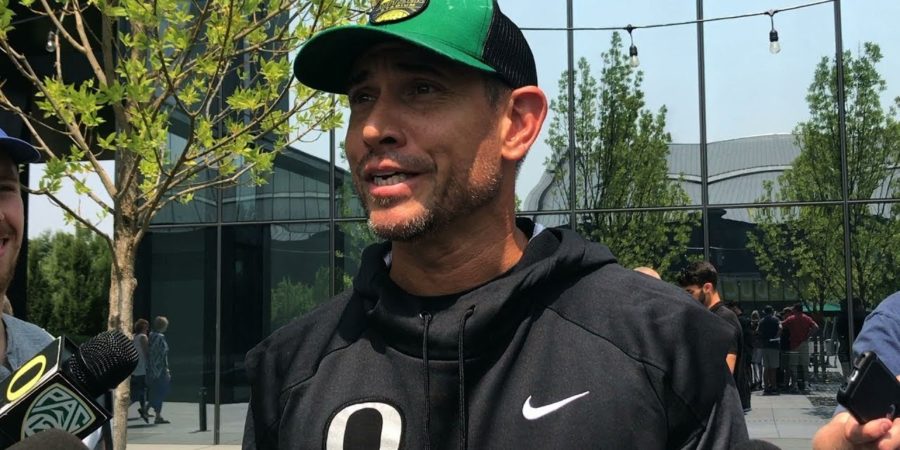
Great analysis, Chris!
Our offensive play-calling seems like it’s the biggest factor that will make-or-break our season…